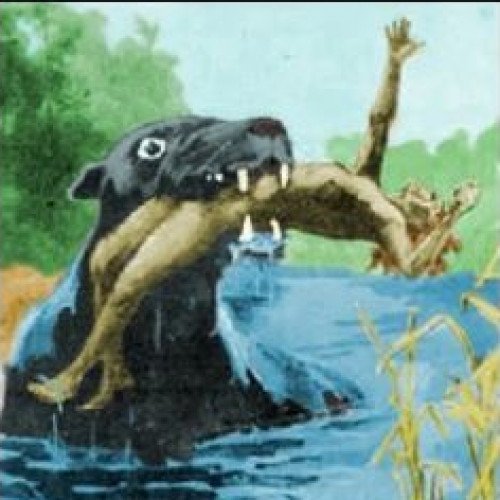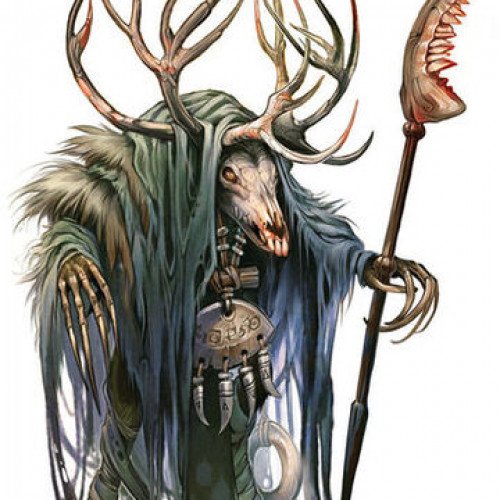Bunyip VS Ijiraq (mythology)

Bunyip
The bunyip is a large mythical creature from Australian Aboriginal mythology, said to lurk in swamps, billabongs, creeks, riverbeds, and waterholes. The bunyip was part of traditional Aboriginal beliefs and stories throughout Australia, while its name varied according to tribal nomenclature. In his 2001 book, writer Robert Holden identified at least nine regional variations of the creature known as the bunyip across Aboriginal Australia. The origin of the word bunyip has been traced to the Wemba-Wemba or Wergaia language of the Aboriginal people of Victoria, in South-Eastern Australia. Europeans recorded various written accounts of bunyips in the early and mid-19th century, as they began to settle across the country.
Statistics for this Xoptio

Ijiraq (mythology)
In Inuit mythology an ijiraq ( EE-yi-rahk or EE-ji-rahk) is a shape-shifting creature that is said to kidnap children, hide them away and abandon them. The inuksugaq (or inukshuk) of stone allow these children to find their way back if they can convince the ijiraq to let them go.